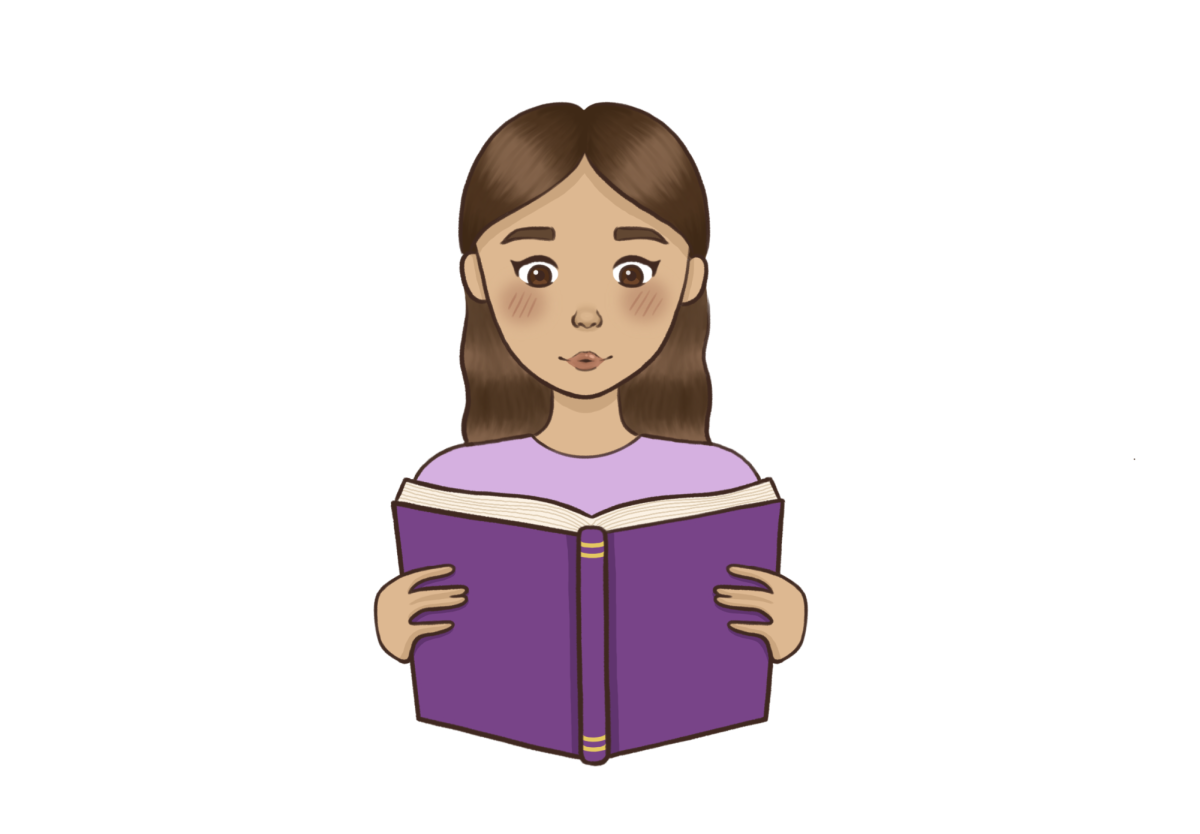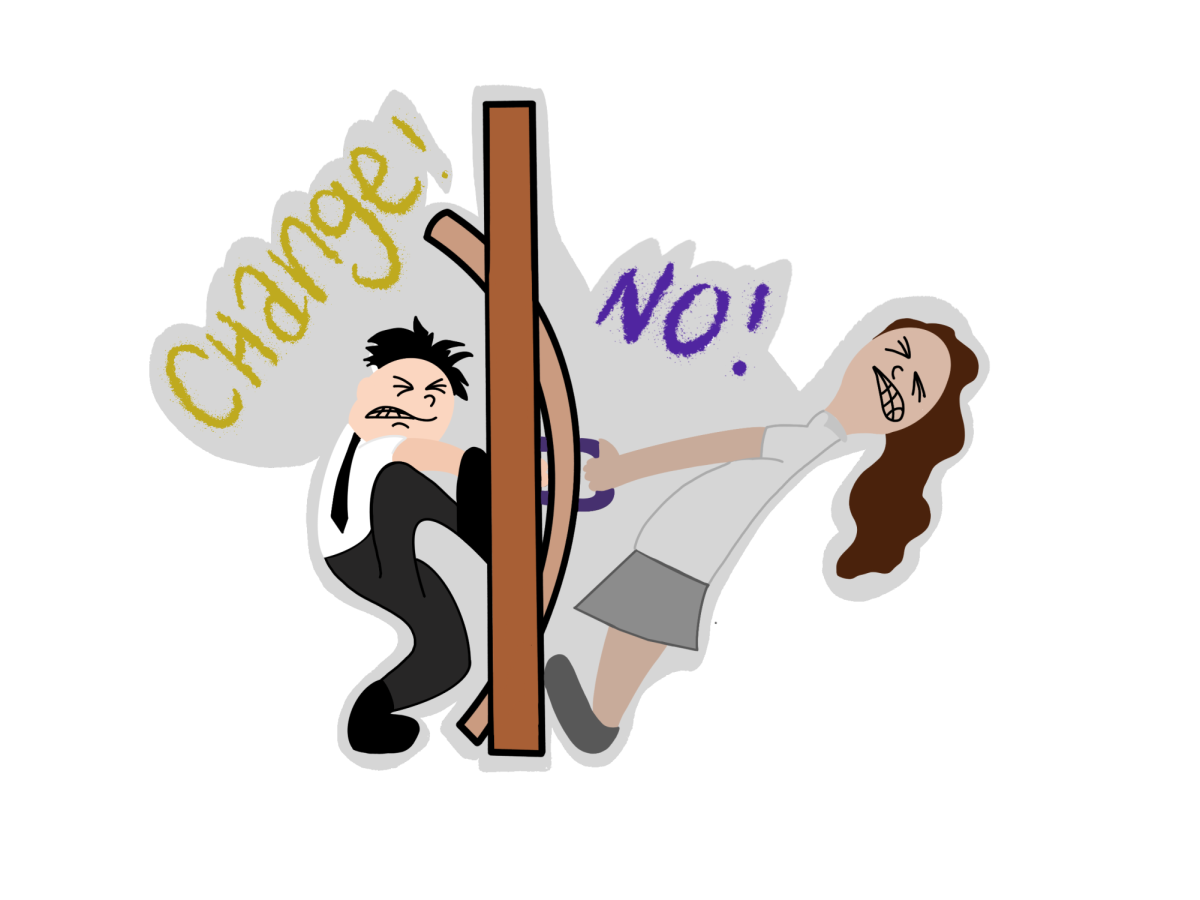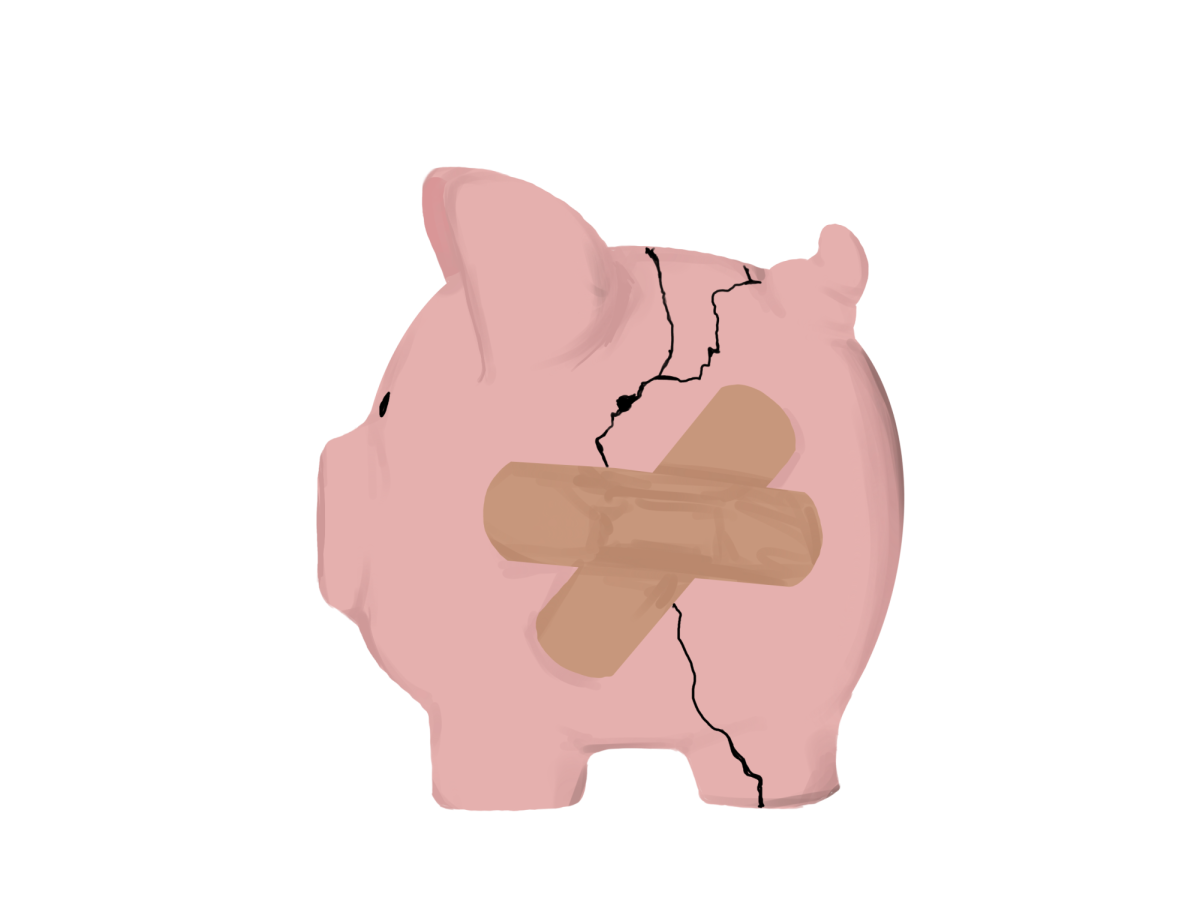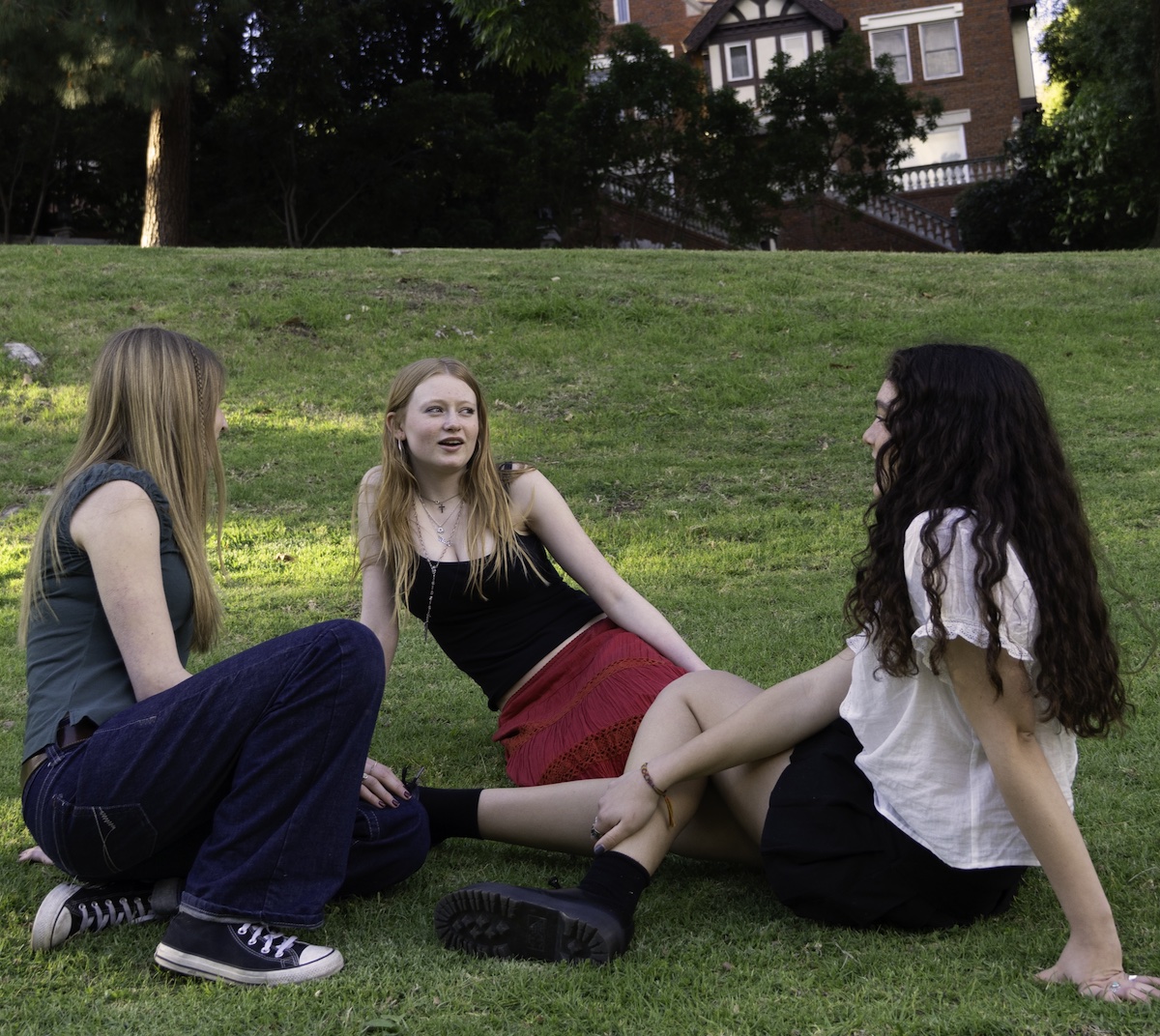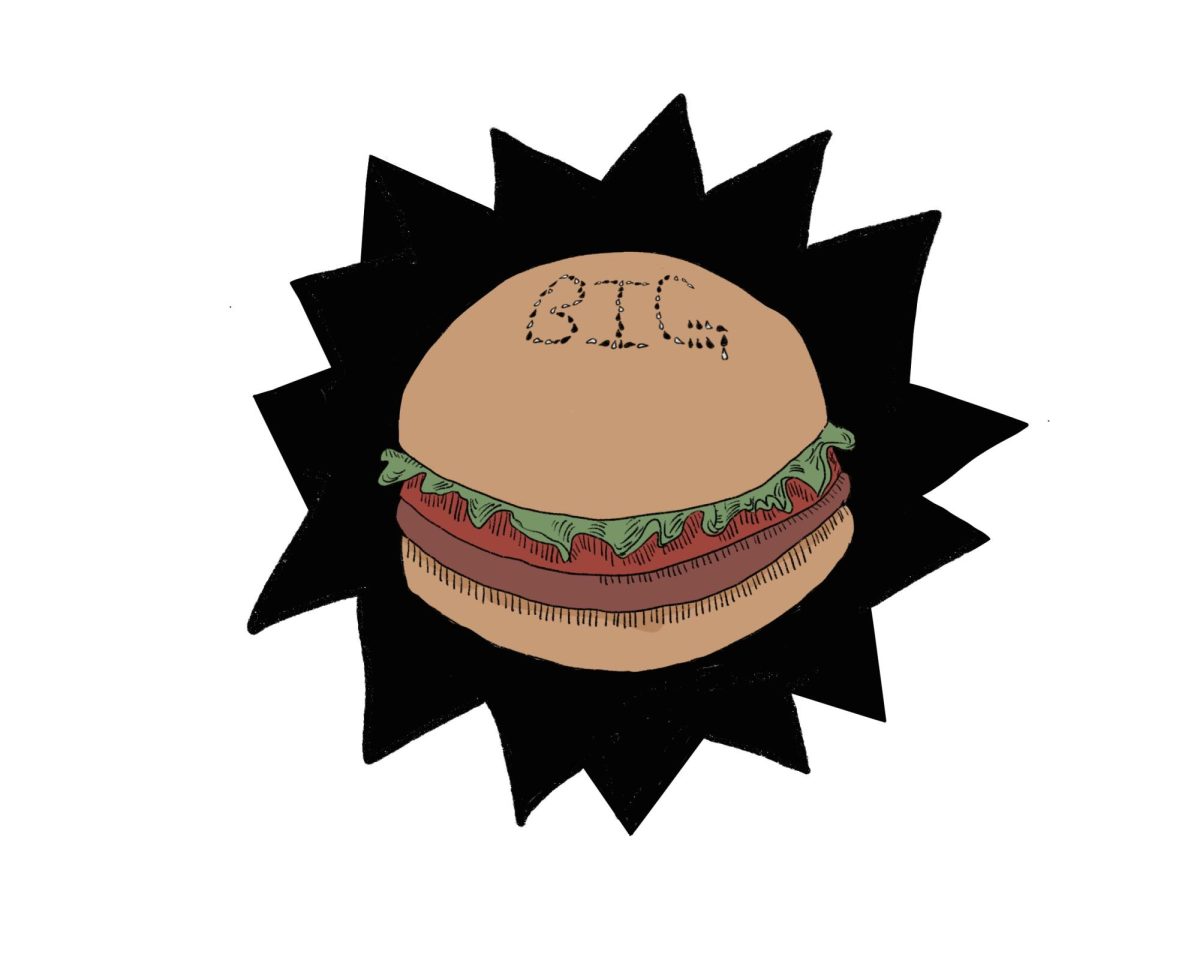The rise of BookTok
During the COVID-19 pandemic, in a small corner of the TikTok algorithm, a new interest group was born: BookTok. “BookTok” is a term that refers to a distinct section of the TikTok algorithm for book-related videos and accounts. Following its birth during the pandemic, it has grown exponentially. Since then, the hashtag #BookTok has amassed over 52 million videos and over 370 billion views.
BookTok’s popularity took the book publishing industry by surprise. On social media apps that are dominated by young people, a generation that supposedly doesn’t read suddenly became interested in book content since 2020. Users on BookTok have frequently reviewed novels, announced the releases of new books, discussed new authors or genres and generally shared other entertaining book-related news and content.
The book publishing industry has felt the effects of BookTok’s emergence and popularity. Book sales as a result of BookTok totaled 13 million in 2020 before doubling to 27 million by 2021. According to book publishing industry analyst Jim Milliot, in 2022, unit sales of adult fiction books were up more than 8%, a pattern that continued into the first half of 2023.

BookTok and book-related content on social media in general have become a main driving force of the book publishing industry since the inception of these kinds of platforms. However, the pattern accelerated during the pandemic when consumers had more spare time at home. This meant that not only did people have more time to consume book-related content on all platforms, but they also had time to purchase and read the books they were being referred to on social media.
Many experts agree that social media platforms are the book industry’s most important resource for marketing. They provide publicity for new releases and have become essential for discovering new books and authors alike. Platforms like BookTok allow burgeoning writers to share their work and get discovered by large audiences and by publishing houses. When an author goes “viral” on social media for their writing, publishers reduce the risk of publishing their new work because it has already been approved by a broad audience.
Even though book sales soared due to BookTok during the COVID-19 lockdowns, they began to slow by 2023. This is due to three main limitations of BookTok as a marketing avenue and resource.
First, book sales due to BookTok were not consistent across demographics. BookTok’s primary audience is women and LGBTQ+ individuals. Experts theorize about why this could be the case, and one theory by Sarah Rose Wiseman suggests that book commentary on social media platforms has influenced the industry to favor women and LGBTQ+ people in a way they haven’t been before in literature.
In Wiseman’s paper “Hearts and Hashtags: The Role of BookTok in Reshaping Romantic Literature,” she argues that book commentary over BookTok has allowed the genre to redefine what it means for women to “have it all,” which now includes a career alongside a healthy relationship. In the romance genre, descriptions of women have become less focused on objectifying bodies and treating women as sexual commodities, and relationships became more diverse by including multiple sexual orientations and gender identities, thus appealing to female and LGBTQ+ viewers and readers.
Another key limitation of BookTok is that it can only reach viewers who may already be more likely to read.
Only users who demonstrate an interest in book-related content, such as by searching a book-related term or liking a #BookTok video, will get BookTok videos funneled to their feed by the TikTok algorithm. This hinders BookTok’s ability to encourage complete non-readers to read, hindering its possibility for continuing the growth in book sales at the same rate it was when it first emerged.
The final problem that BookTok and other book-related videos on social media platforms face is that creators’ content has become repetitive over time. BookTok videos are fairly predictable. They often feature the creator showing the covers of various books in lists that are categorized based on the potential interests of the user. For example, a typical
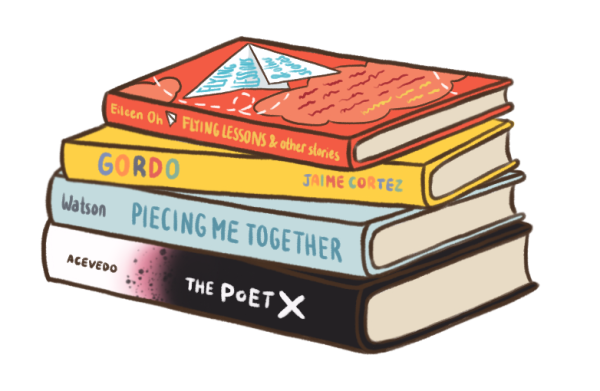
BookTok video will feature the caption “Top 5 Modern Classics,” and the creator will show five novels that they recommend for any viewer who is interested in that genre or category. Because of the repetitive nature of such videos, the platform quickly have become oversaturated by similar content.
This problem has made the platform much less engaging for viewers, leading many to slowly fall “off” BookTok and stop interacting with videos by liking, sharing, commenting or saving them. When the videos become less popular and receive fewer views due to reduced viewer engagement, they can no longer promote book sales overall.
Despite these problems, BookTok and other similar subsections on other social media platforms remain the book publishing industry’s most important resource for marketing.
BookTok has also helped change the industry in other ways outside of marketing. Just as Wiseman writes about in her paper, commentary on platforms like BookTok or “Bookstagram” — BookTok’s Instagram counterpart — have contributed to changes in the industry’s attitude toward women.
The book publishing industry is widely regarded as being slow to modernize. Amid equality movements that advocate for feminist approaches to literature, many novels in fiction categories continued to promote a vision of women that marginalized, oppressed and objectified them, particularly in the romance and fantasy genres.
However, the women and LGBTQ+ people who are present within online book communities have encouraged a change in this narrative. Thus, the longstanding patterns and habits of an industry that has resisted change for so long have finally broke. Now, many romantic novels prioritize female narratives in a way that centers the female experience both inside and outside of their relationships, and they center more diverse sexual orientations.
Thus, BookTok’s influence on the industry is not just limited to its business potential to market books and produce increased profit, but rather, it also represents a positive turning point in the industry’s treatment of traditionally marginalized identities.
The gender gap
It isn’t new information that men statistically consume less literature than women. Over the past two decades, there have been a variety of studies suggesting that women gravitate towards recreational reading more than their male counterparts. Women comprise 80% of the fiction market, whereas men only account for 20%.
Not only do women continue to dominate the consumption of literature, but there are more female authors than male, to the point where most new authors are female. As time progresses, it has become increasingly evident that women are a large factor in the book industry, as they continue to consume and create literature.
It is statistically proven that women read more than men. In 2018, a study surveying 15-year-olds discovered more than 40% of girls read for at least 30 minutes a day, while only one-quarter of boys did the same. Additionally, it was found that 44% of girls described reading as one of their preferred hobbies, whereas only 24% of boys shared the same opinion. More recently, in 2022, the National Endowment for the Arts reported that more than 50% of women and 40% of men read a book in 2022, but only 29.5% of men read fiction compared to 49.2% of women.
Not only is there a gender gap in literature consumption, but there is a gap in reading ability and comprehension. In 2006, a study on the reading achievement levels of students ages 12-18 found that, on average, boys performed worse than girls. Furthermore, when entering schools, girls typically perform better than boys in fundamental literacy skills. This includes but is not limited to phonemic awareness, letter recognition and spelling.
In comparison to other creative industries, where women assume fewer leadership roles, women are the driving force of the book industry. Besides having a higher rate of literature consumption, female authorship has been increasing since the ’70s, and women write significantly more books than men. Economist Jon Waldofgel conducted research on the book market’s female revolution and found that during the 1970s, female authors published three times fewer books than male authors. However, by 2020, women were writing the majority of all new literature.
Alongside an increase in female authorship, there has also been an increase in female authors revenue. In 2021, books written by women sold more copies than the ones written by men, and in 2024, The New York Times fiction bestseller list was more than 75% women. Women are continuing to overwhelm the book industry with bestsellers.
In 2024, the book that sold the most copies was “The Women” by Kristin Hannah, which sold around 1.5 million copies. The year before that, the most popular book was “It Ends With Us” by Colleen Hoover, which sold over 1.29 million copies.
The books women write are proven highly successful through their sales and the audiences they reach. As time progresses, women have become more and more involved in the book industry. Whether that be with the consumption of literature or the authorship of new books, without women, the book industry would not look the same as it does today.
A new narrative
The book industry has experienced various transformations in the past two decades. Thanks to the digital age, readers can now scour the internet for book recommendations. Specifically, the emergence of TikTok and subcultures like “BookTok” have made conversations around literature increasingly accessible and have created spaces for certain books to trend. Independent bookstores are no longer the primary source for buying books, as readers can turn to mainstream companies like Amazon and Barnes & Noble.
Despite the evolution of the book industry, Marlborough continues to focus on creating an English curriculum that remains unaffected by this shift the industry faces. English Department Head David Long explained that the department’s process is not impacted by publishing trends.
“We do not make decisions that are based on publishing,” Long said. “Obviously, [for] the texts that we choose, we look for things that are easily accessible to our students. But otherwise, I can’t think of a way in which book publishing drives our decisions.”
While keeping away from publishing trends and the influence of social media, Marlborough’s English curriculum has evolved in other ways.
“One step that we have taken has been to do whatever we can to give as many students in at our school an opportunity to see themselves in the curriculum,” Long said.
The English Department especially focuses on fulfilling this mission during the 10th and 11th grades, where there is a more traditional foundation to the curriculum. In these classes, students study the American literary canon.
“We really pride ourselves as a department in giving students the tools with which to interrogate and challenge the canon and think about things that are not included in this so-called accepted list,” Long said.
It is important to the Marlborough curriculum to provide students with the opportunity to challenge and reframe narratives.
Over time, the English curriculum has evolved to embody this mission. In the past, classic literature was a larger focus in the middle school curriculum. For instance, 8th-grade students used to read “Jane Eyre” by Charlotte Brontë.
“We found that the historical distance of that text was too great for the students to identify with. So we pulled that text out, and in doing so, we were able to bring in more contemporary works by people like Elizabeth Acevedo,” Long said.
Not only did they introduce authors like Acevedo, author of “The Poet X” but Marlborough has also introduced short story units, where classes read “Gordo” by Jamie Cortez. Moreover, 7th-grade students now have the opportunity to read “Flying Lessons & Other Stories,” as well as Renee Watson’s “Piecing Me Together.”
Currently, Marlborough’s English curriculum covers a wide range of novels, plays, short stories and poetry. With classes including everything from Honors English Seminar: Gender and Sexuality to Post-Apocalyptic Literature, the curriculum aims to provide an extensive dive into all different genres of literature. Marlborough’s English classes will continue to evolve with time as they continue to select and alter what pieces of literature will best suit their student body and what they hope to see reflected in their classrooms.

